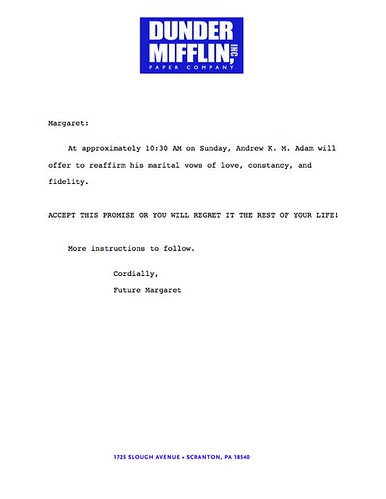What a Night!
A bunch of our friends came over tonight to celebrate with us, and more would have if they could have. The family — Nate, Si, and Pippa, Jennifer, Juliet with John — gathered, and Laura came to be with Si, and her parents Doug and Carol; Michelle and Frank, with a dessert cameo from Stephen; Trevor and Susan; Trish and Tripp; Kristin, John, and Grace; Sarah, Clay, and Luke, all joined us for lasagna, cake, brownies (all with gluten-free options), and gelato. What a joy it was for friends from different eras and different locales and different generations and different theological outlooks all gather and spend a voluble evening bouncing ideas and memories around! Friends — what a great invention!
Now we’re lounging around while Margaret makes a late grocery run, David pulls into town, and we drift off to our various bedrooms. Tomorrow’s the service at St Luke’s; Nate will play the prelude, PIp and Si will sing in the choir, Sarah will preach, friends will gather again (those who are not themselves preaching), and we’ll reaffirm our vows before God and the people, all over again.


